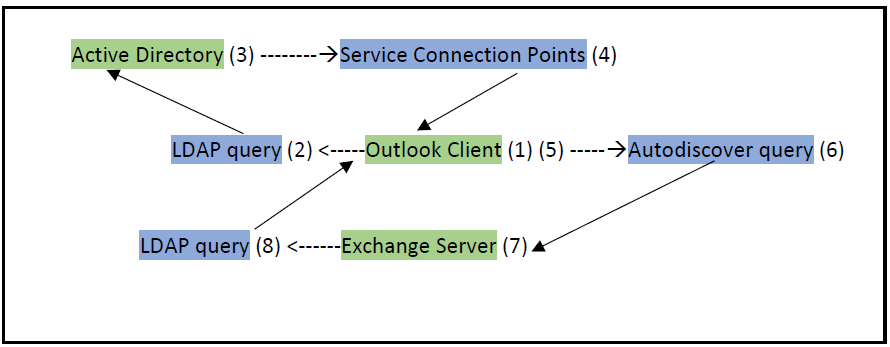What’s in the article?
This article discusses the Autodiscover feature introduced in Exchange Server 2007. It has become an essential and feature and continues to be a part of even the latest Exchange versions like 2019. Readers will understand the functions and importance of the Autodiscover service by going through this article.
About Autodiscover
The Autodiscover feature is available for the users of Exchange 2007 and later versions. It is a service that helps to configure user mailboxes automatically. You can find EWS endpoint URL for Exchange Web Services clients with this feature. It is also capable of delivering the information required for the configuration of clients that use other protocols. With this feature, even non-technical users can configure their user mailboxes easily, just with their email id and password.
Changes in Autodiscover feature
In Exchange 2016, the Mailbox server now provides Client Access services. Now, it is not possible to configure a standalone Client Access server as done with an earlier version of Exchange. However, Autodiscover is available in Exchange 2016 as well as Exchange 2019.
How does Autodiscover Function?
When you install Exchange Server, it creates Service Connection Points which are available in Active Directory Sites and Services. Within Service Connection Points, Exchange Autodiscover Information is stored. With this information, the Outlook client locates Autodiscover to configure the user mailbox profile.
The basic workflow of the Autodiscover feature in Exchange is as follows:

First, your Outlook client sends an LDAP query to the Active Directory of your Exchange Server to connect to Service Connection Points which sends its information to the Outlook client as an XML. Outlook client fetches the information from Service Connection Points and then sends an HTTPS DNS Request to Autodiscover URL – HTTPS://autodiscover.windowstechpro.com/Autodiscover/autodiscover.xml Then Autodiscover delivers service connection settings to the client in the form of an XML file. Now, the Outlook client sends this information to Exchange Server, and ultimately, Exchange Server provides the mailbox information required for the Outlook client.
Autodiscover service provides the following information to Outlook client:
- Display name of the user
- Connection settings for internal/external connectivity
- Outlook Anywhere Server settings
- Location of user mailbox that currently holds the active copy of the mailbox
- URLs for vital Outlook features responsible for its functionality like Unified Messaging, free/busy information, Offline Address Book (OAB), etc.
Conclusion
With the advancement of Autodiscover in Exchange 2016, manual configuration of server settings has become obsolete. Autodiscover does the complete configuration work automatically. Autodiscover works for client applications that are inside or outside firewalls. It also works in resource forests and multiple forest scenarios. And this feature is available in Exchange 2007 and all later versions.

